In the early days of psychology, two opposing views of the world emerged, gestaltism and structuralism. Structuralists theorized that we perceive things in pieces that come together to form a whole. Gestalt thinkers believed (and many still believe) that a complete object is perceived different than its parts. Some Gestalt psychologists were able to prove that the brain indeed processed an entire event in a way that superseded its parts through optical illusions. To put it differently, one can create something that transcends its parts.
Musicians have been long fascinated with the transcendental experience. Stemming from a religious tradition, classical music has its roots in a yearning for something greater than a group of choir boys and later horse hair over gut strings. But even at a more fundamental level, the brain processes music as a Gestalt experience. How does the brain know that the steps of a scale go together? There are infinite notes between each half step, yet the mind only chooses certain frequency distances to qualify as a step. Something smaller sounds like the same note detuned, and something larger sounds like what we call a leap. How does the brain decide to process notes sounding together as chords and the simultaneous movements between chords as a such thing as “progression?” How can music sound like it is going anywhere at all without the aural illusion of movement from one place to another? We take these premises as granted, and we excel in playing different scales and forming harmonic progress through which the brain can create something much more than the independent notes played.
A composer does so much more than manipulate pitch for the transcendental experience. Music flows through time, and the composer uses rhythm and meter to create different expectations or groupings for the mind that give complexity and flow to the music. Different combinations of instruments and tone colors create illusions of continuity or freshness. Many modern composers focus on gestural writing, by which a mixture of rhythms, pitch events, and instruments are fashioned to create one sonic idea with its own character and nuance (which is then developed in transformations).
What happens if a composer decides to extend this idea to styles? Popular musicians like to explore fusion genres such as trip hop, bossa nova, country rap, gypsy punk, and reggaeton. The combination of two former genres comes together in a new sound, audibly influenced yet independent from its parts. Concert music composers have a history of fusing styles together to either be part of a new sound, make something fresh, or to invoke the mystery of a culture they did not understand (whether they cared to understand might be a different story…). However, with the influence of postmodernim, mixing many cultural styles together to create their work of art, including those of popular music, is normative and well-accepted today. Countless compositions in the 20th century bring in a dosage of jazz harmony and rhythms into their music, and quite a few current composers are mixing elements of EDM and metal into their sound. Others reach to the past, reinterpreting principles from Medieval music or reach across the world to other music cultures, such as India’s raga tradition or Balinese gamelan and even write for the instruments of that culture (and again, the subject of cultural sensitivity is a different topic). The combinations and possibilities are endless.
The results of sonic combinations, mixed with their cultural implications, create a rich tapestry of meaning and freshness to contemporary music. And living composers have the opportunity to develop a contemporary voice with the sounds that inhabit the present as well as connect to the age-old tradition. Rather than have many mangled medleys or exotic stereotypes, we have aural alloys that speak to the increasing global interactions we have as we come to understand and have an intercultural dialogue. Those of diverse cultures can and do blend their traditions with the ever-loosely defined Western music tradition that seems to accept more and more cultural variety in its reach. Perhaps we will arrive at a point where we acknowledge that while much of the influence of concert music comes from a Western tradition it ultimately transcends its past. But we have much learning to do of the cultures around us before we can confidently accept this task. Until then, we joyfully take the best we see to make something powerful and interesting.

